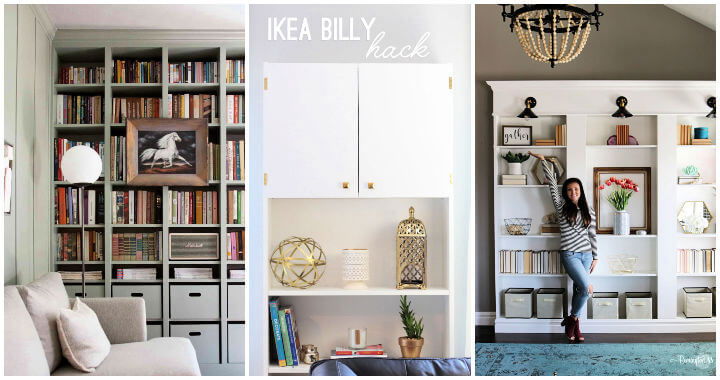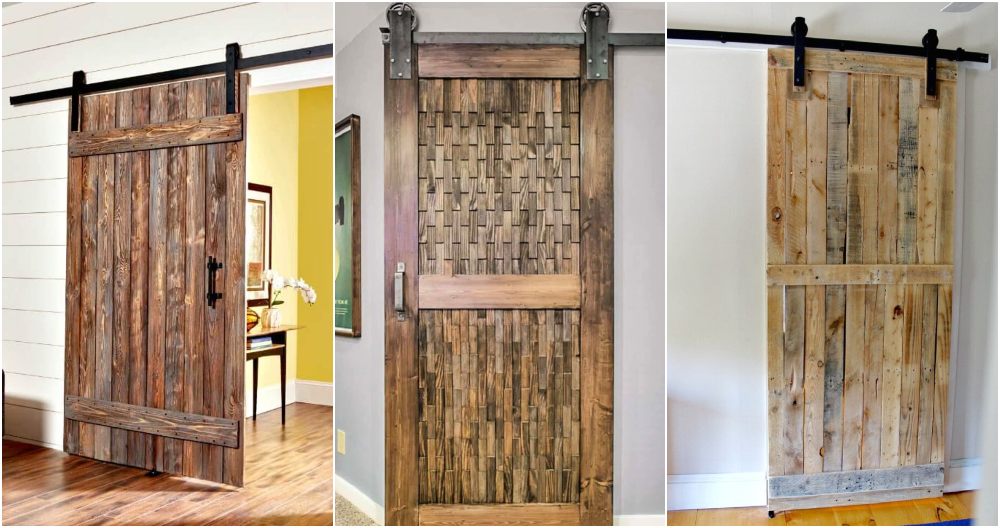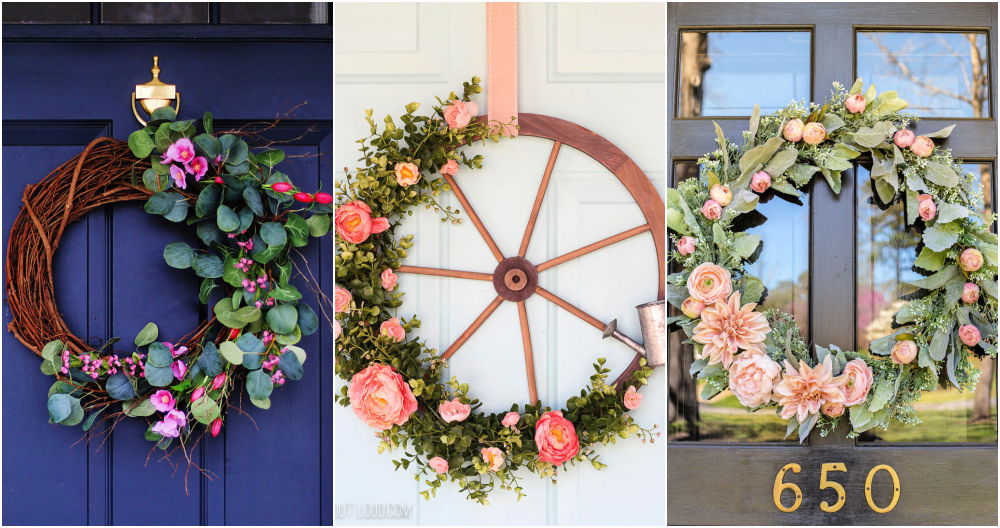Ever since I was a child, fascinated by mystery novels and secret passages, the idea of having a secret door in my own home captured my imagination. The journey to making this dream a reality began when I stumbled upon a DIY video about building a secret door bookcase. With a blend of excitement and determination, I embarked on this ambitious project, eager to transform a plain wall into an enchanting gateway to a hidden room.

Planning and Materials
The first step in my journey was meticulous planning. I turned to SketchUp, a 3D modeling software, to draft the design of the bookshelves that would flank the secret door. The essential materials I gathered included:
- 3/4 inch plywood for the shelves' structure, chosen for its durability.
- Shiplap for wall installation, which provided a visually appealing backdrop.
- Pivot hinges that would allow the bookcase to swing open effortlessly.
Each material was selected with a purpose. The plywood ensured the bookshelf was sturdy enough to handle the motion of opening and closing, while the shiplap added an aesthetic touch that disguised the door even further.
Building the Bookshelves
The construction of the bookshelves was a straightforward yet critical part of the process. I cut the plywood into the required pieces for the sides, top, bottom, and shelves of the bookcase. Assembly involved glue for robustness, brad nails for temporary fixation, and special MDF screws designed to prevent splitting, an important consideration for the project's longevity.
Incorporating the Pivot Hinges
Integrating the pivot hinges was where precision became paramount. These hinges would be the heart of the secret door, allowing it to swing open while bearing the weight of the bookcase. I printed off the hinge dimensions and worked meticulously to establish the pivot point, drilling a temporary hole to serve as a guide.
Using a piece of scrap plywood as a template, I replicated the dimensions of the bookshelf, adjusting the template bit by bit until it rotated smoothly within the door opening. This trial and error process highlighted the importance of precision in making a functional secret door.
Overcoming Challenges
Not all went according to plan. Initially, I overlooked a crucial detail— the location of the hinges, which interfered with the door's ability to open fully without hitting the trim. This oversight taught me the value of patience and the importance of double-checking every step. I revisited the drawing board, or more accurately, my SketchUp model, to adjust the pivot point.
Another unforeseen challenge was the painting process. The paint sprayer's struggle with thick exterior paint forced my dad, who kindly offered his assistance, to brush and roll the first coat, consuming an entire day. Adaptation and perseverance became our motto as we found a balance between spraying and rolling for the second coat, achieving the desired finish.
The Final Touches
The inclusion of a latch mechanism, installed with precision and hidden tactfully behind the bookshelf, secured the door in place. I fashioned a unique lever from a VHS tape—a nod to my love for classics and a creative solution to activate the latch.
Adjustable shelves populated with books and personal trinkets added the final touch, transforming the bookcase from a mere structure to a portal laden with stories and memories. The integration of smart lighting illuminated the secret passage, beckoning with an ambient glow.
Advanced Features and Customizations
When making a DIY secret door bookcase, adding advanced features and customizations can significantly enhance its functionality and uniqueness. Here's a detailed guide to help you make your secret door bookcase stand out.
Automated Opening Mechanisms
Simplicity Meets Innovation: Consider installing an automated opening system. This can be as simple as a push-button hidden in a book spine or as sophisticated as a voice-activated system integrated with your smart home devices.
Options to Explore:
- Push-Button Activation: Hide a button in a book or on the bookshelf that triggers the door to open.
- Remote Control: Use a remote to open the door from a distance, adding a layer of convenience.
- Motion Sensors: Set up motion detectors to automatically open the door when someone approaches.
- Smart Home Integration: Connect the bookcase to your smart home network for voice control or scheduling.
Custom Shelving Options
Tailored to Your Collection: Customize the shelving to fit the sizes of your books or to display other items like collectibles or photos.
Ideas for Customization:
- Adjustable Shelves: Install shelves that can be moved to accommodate different book heights.
- Hidden Compartments: Add secret compartments within the bookcase for extra security.
- Themed Designs: Theme your bookcase to match your favorite genre or literary period.
Lighting and Aesthetics
Set the Mood: LED strip lights can be added for ambiance and to highlight your book collection.
Lighting Tips:
- Soft White LEDs: Provide a warm, inviting glow that enhances the cozy feel of a library.
- Color-Changing Options: Choose LED strips that change color to match your mood or the theme of the room.
Safety and Durability
Safety First: Ensure that all mechanisms are safe to use and that the bookcase is securely anchored to the wall to prevent tipping.
Durability Measures:
- Quality Materials: Use sturdy materials that can withstand frequent use.
- Professional Installation: If you're not confident in your DIY skills, consider hiring a professional to install the automated systems.
By incorporating these advanced features and customizations, your secret door bookcase will be not only a functional piece of furniture but also a conversation starter and a reflection of your personal style.
FAQs and Troubleshooting
Building a DIY secret door bookcase is an exciting project that can add a touch of mystery and practicality to your home. However, it's not uncommon to encounter questions or issues along the way. This section aims to address some of the most common concerns and provide helpful solutions.
How do I choose the right location for my secret door bookcase?
- Look for a space that's not immediately noticeable to visitors.
- Ensure the area allows for a door to swing open or slide without obstruction.
What materials are best for building a sturdy bookcase?
- Use quality wood like pine or oak for durability.
- Consider plywood for a cost-effective option that doesn't compromise on stability.
Can I integrate the bookcase with my home automation system?
- Yes, you can add features like remote control access or smart home connectivity.
- Make sure to consult with a professional if you're not familiar with home automation setups.
Troubleshooting Tips
The bookcase door is sticking or not closing properly. What should I do?
- Check if the hinges are properly aligned and tighten any loose screws.
- Ensure that the bookcase isn't overloaded, which can affect the door's balance.
I'm having trouble hiding the door seam. Any suggestions?
- Use trim or molding that matches the surrounding walls to camouflage the seam.
- Consider painting the bookcase the same color as the walls to make it less noticeable.
The secret compartment mechanism isn't working smoothly. How can I fix it?
- Lubricate moving parts with silicone spray or WD-40 to reduce friction.
- Regularly check and clear the mechanism of any debris or dust buildup.
By anticipating these questions and knowing how to handle common issues, you'll be better prepared to build a secret door bookcase that not only looks great but functions seamlessly.
Conclusion
The journey to make a secret door bookcase was filled with challenges, learning moments, and, ultimately, gratification. It served as a testament to the joy of DIY projects and the satisfaction of bringing one's imagination to life. As the bookcase swings open to reveal the hidden room, it stands as a reminder of the magic that can be buildd with a bit of ingenuity, a love for mystery, and the commitment to bring a dream to fruition.













